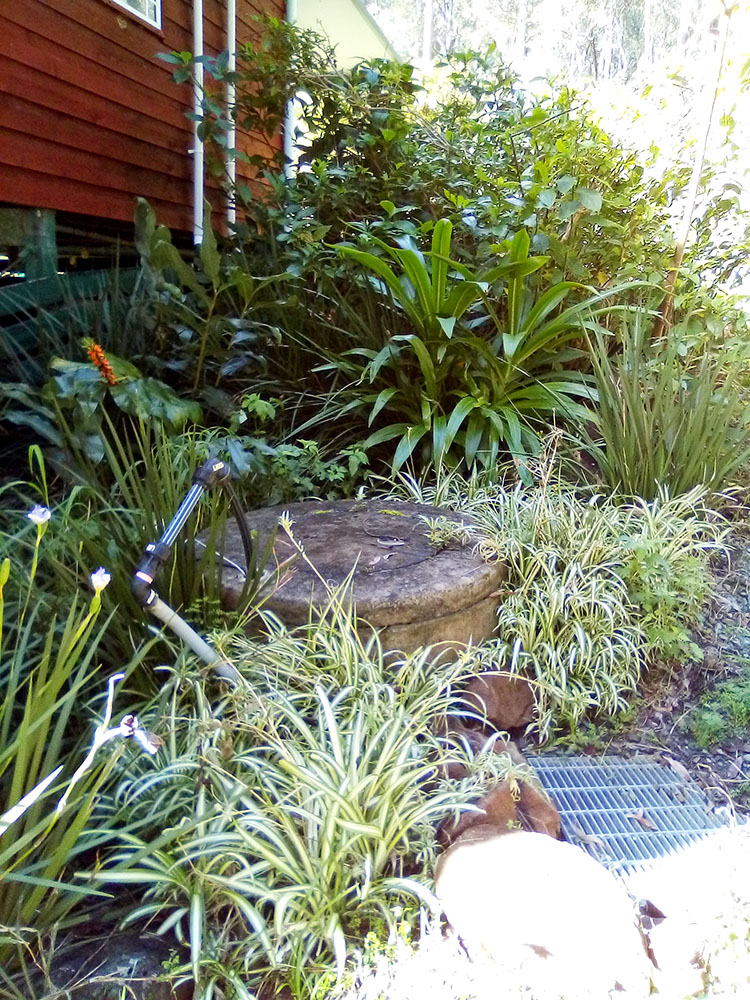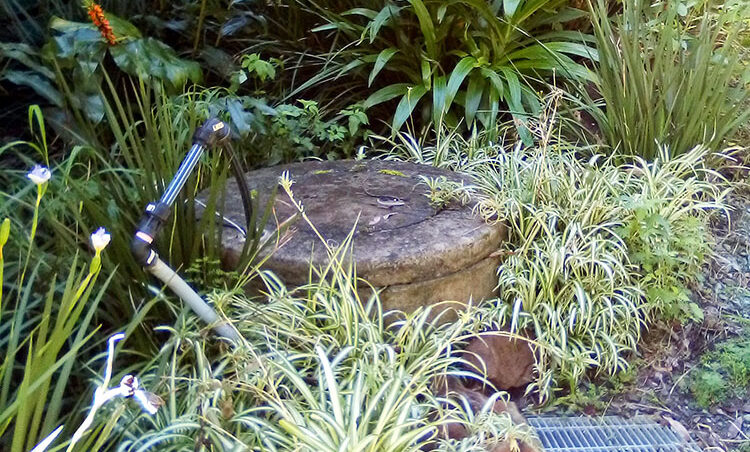Septic Tanks – What’s Going Down The Drains?! …
Leaving the rain, hail and shine of Mornington, Victoria some 12 months ago, hubby and I had no idea what we were taking on.
Within 3 days of moving to beautiful Queensland we had found the home of our dreams: five acres of gorgeous green rolling hills with rocky creeks flowing amongst it all. Birds of so many varieties were zipping in and out of the trees and banana palms and joyfully singing like they were welcoming us and then, gazing from the kitchen window we watched the owners feed a mob of rock wallabies some with joeys and that sealed the deal. Within a month we moved in. and that was when the fun began.
From septic tanks, tank water, solar power, wallabies and other critters, creeks flowing through the property, internet connection, and gardening on a grand scale, we were in for quite an education.
Firstly, I needed to learn about septic tanks. Having always been a city dweller, we always had town water and town sewerage. That had suddenly changed.
On discovering our septic tank in the garden, I learned that septic systems have two parts: the tank and the drain field. The tank receives the wastewater from the kitchen, bathroom and laundry where solid elements sink to the bottom forming a sludge layer and the grease and lighter solids float to the top forming the scum layer. The separation of layers takes roughly a day for each inbound supply of wastewater. Apparently between these layers of scum and sludge, water pushes through and out into the drain field, which we soon discovered, was just off our driveway as we could smell it on days when we did more than one load of washing. The scum and sludge are eaten up by bacteria over time, and this prevents the top and bottom layer from growing too large too fast. It suddenly occurred to me that we would have to consider what was going down the drains.
For starters we needed to minimise what was going into the septic. We started using less sink water: using a container to handwash the dishes then tipping it over the balcony rather than down the drain, turning the tap off when brushing our teeth, taking quicker showers (although hubby hasn’t quite mastered that one yet), only using the dishwasher and washing machine when they were full and not doing more than one load of washing a day. We also installed a new toilet to minimise the flush. Paper towel became a mainstay in the kitchen instead of pouring grease down the sink.
I also needed to protect the bacteria nibblers in the tank which meant rethinking all my previous cleaning products as they would kill these little helpers. I began scouring supermarket shelves and filled my cupboards with “septic safe” products. Vinegar and Bi-Carb have become my new best friends for most of the cleaning. Even our soaps and shampoos and toilet paper were under scrutiny all in the name of looking after our septic tank. The comfort of 3 ply toilet paper was now out and 2 ply in.
So far so good, the stench has gone anyway. It will need to be professionally serviced soon as we can’t open the tank due to the noxious gases and chemicals. I will report back once that has been done.

Stay tuned for our next exciting learning curve: Tank water
By Vanessa Rhind
(Tamborine Resident)
